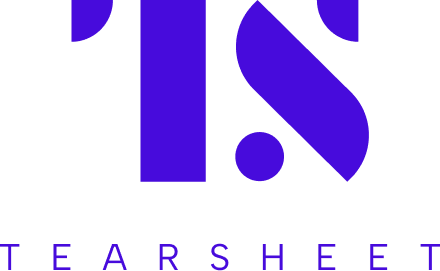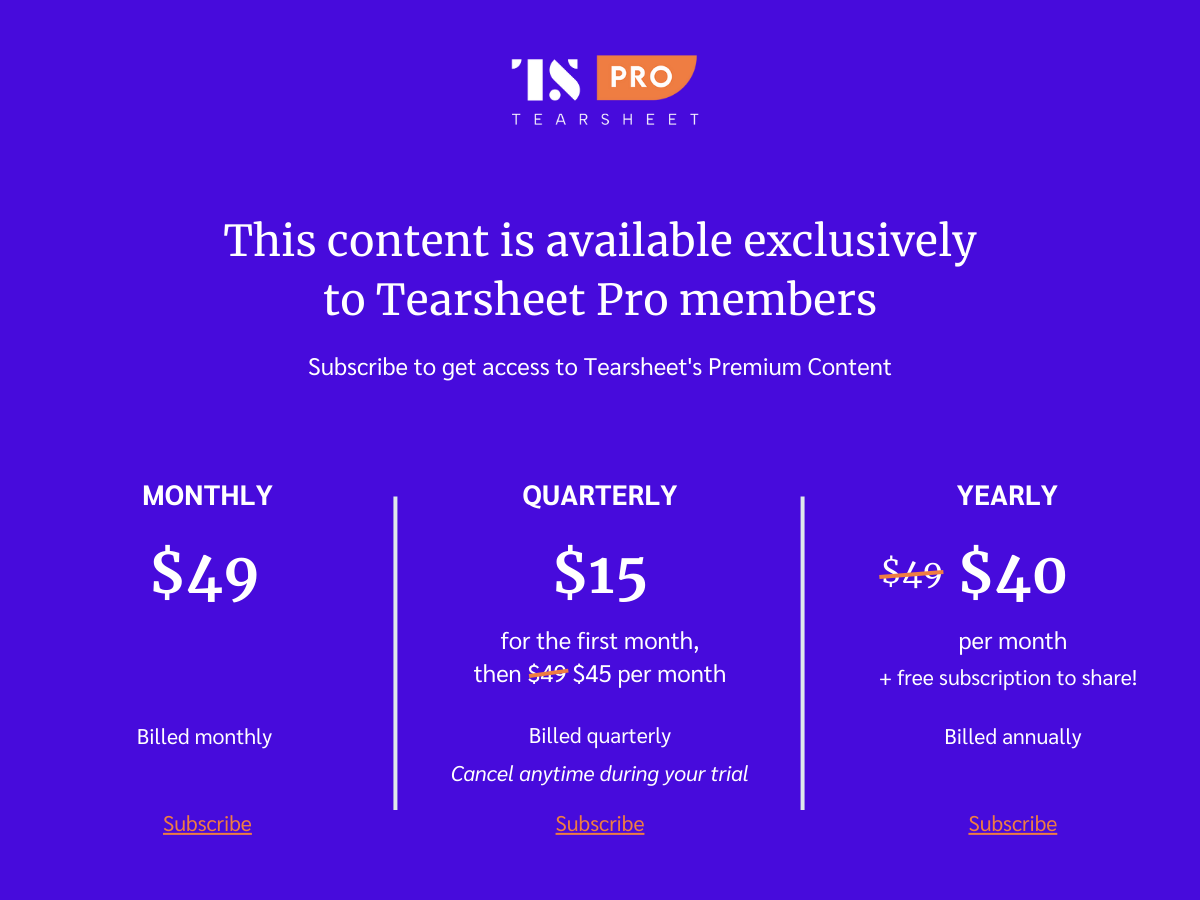From startups to stock markets, this new leader is ready to tackle the challenge head-on
The start of a new year is often a time for goal-setting and implementing organizational changes. Wise Platform embraced this spirit by appointing Lauren Langbridge as its new Commercial Director for North America.
In this role, Lauren will lead the expansion of Wise Platform’s strategic partnerships integrating into financial services firms, growth initiatives, and commercial strategies across the region.
Before joining Wise Platform, Lauren worked at Currencycloud, a private UK-based firm that offers a fully cloud-based platform for B2B cross-border payments. She helped the company grow from a startup into a global player in cross-border payments. Visa acquired Currencycloud in 2021 for $963 million (£700 million).
I had the opportunity to sit down with Lauren to learn about her career path, her vision for Wise working with banks, and how she’s managing the transition from a private firm to a leadership role in a public company operating extensively across North America.

How does managing strategies in a public company differ from your experience in a private firm?
Lauren Langbridge: Having transitioned from a VC-backed private firm to a publicly traded company, I’ve experienced firsthand the differences and opportunities in managing sales and revenue strategies. One significant shift is the level of scrutiny and accountability. At a public company, there is a broader range of stakeholders — investors, analysts, and even employees — who are closely watching performance.
…






